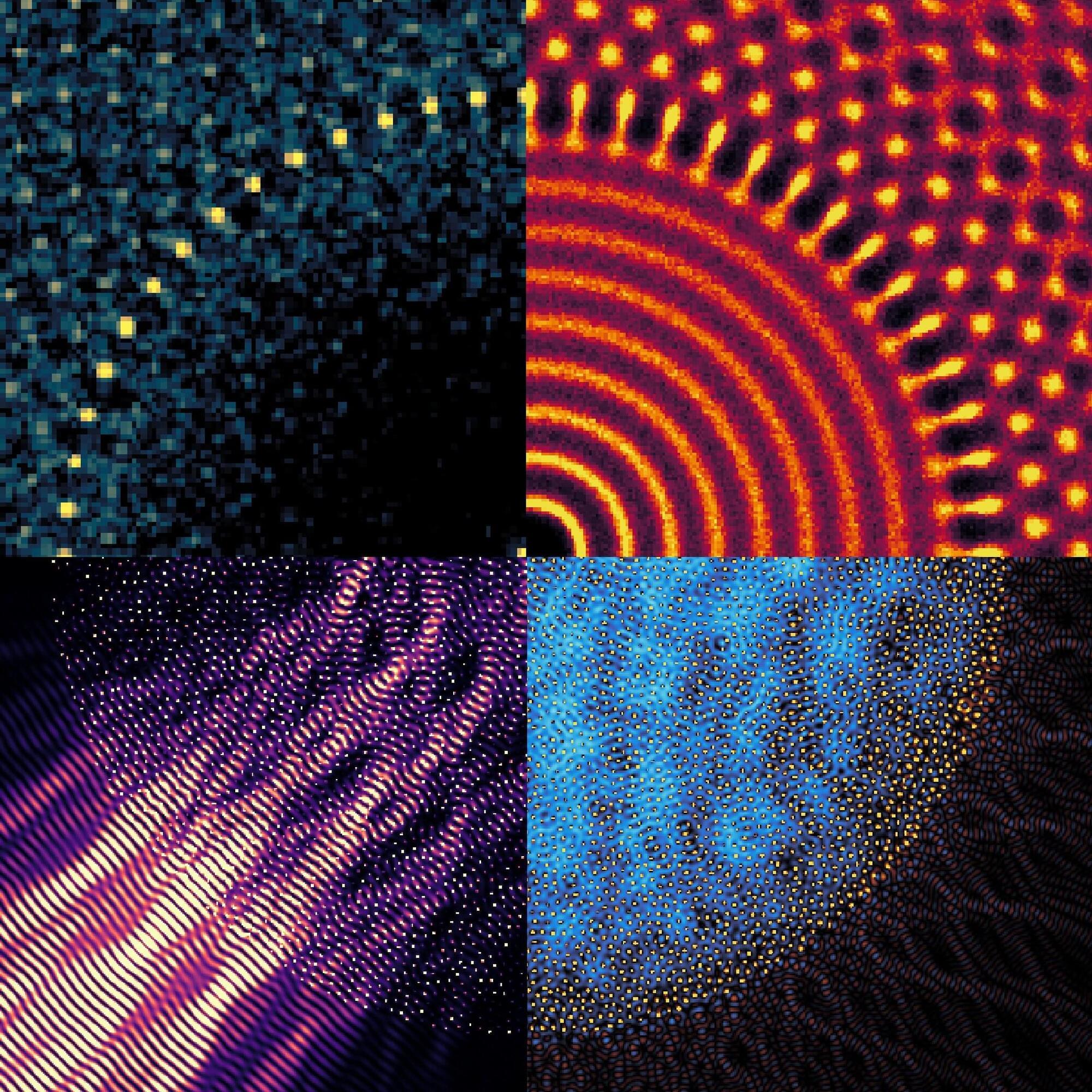Researchers have been developing computers that deploy light (photons) rather than electricity to power storage and calculations. These light-based computers have the potential to be more energy efficient than traditional computers while also running calculations at greater speeds.
However, a major challenge in the production of light-based computers—still in their infancy—is successfully rerouting microscopic light signals on a computer chip with minimal loss in signal strength. This is fundamentally a materials-design problem. These computers require a lightweight material to block additional light from all incoming directions—what’s known as an “isotropic bandgap material”—in order to maintain signal strength.
Scientists at New York University report the discovery of gyromorphs—a material that combines the seemingly incompatible properties of liquids and crystals and that performs better than any other known structure in blocking light from all incoming angles.







